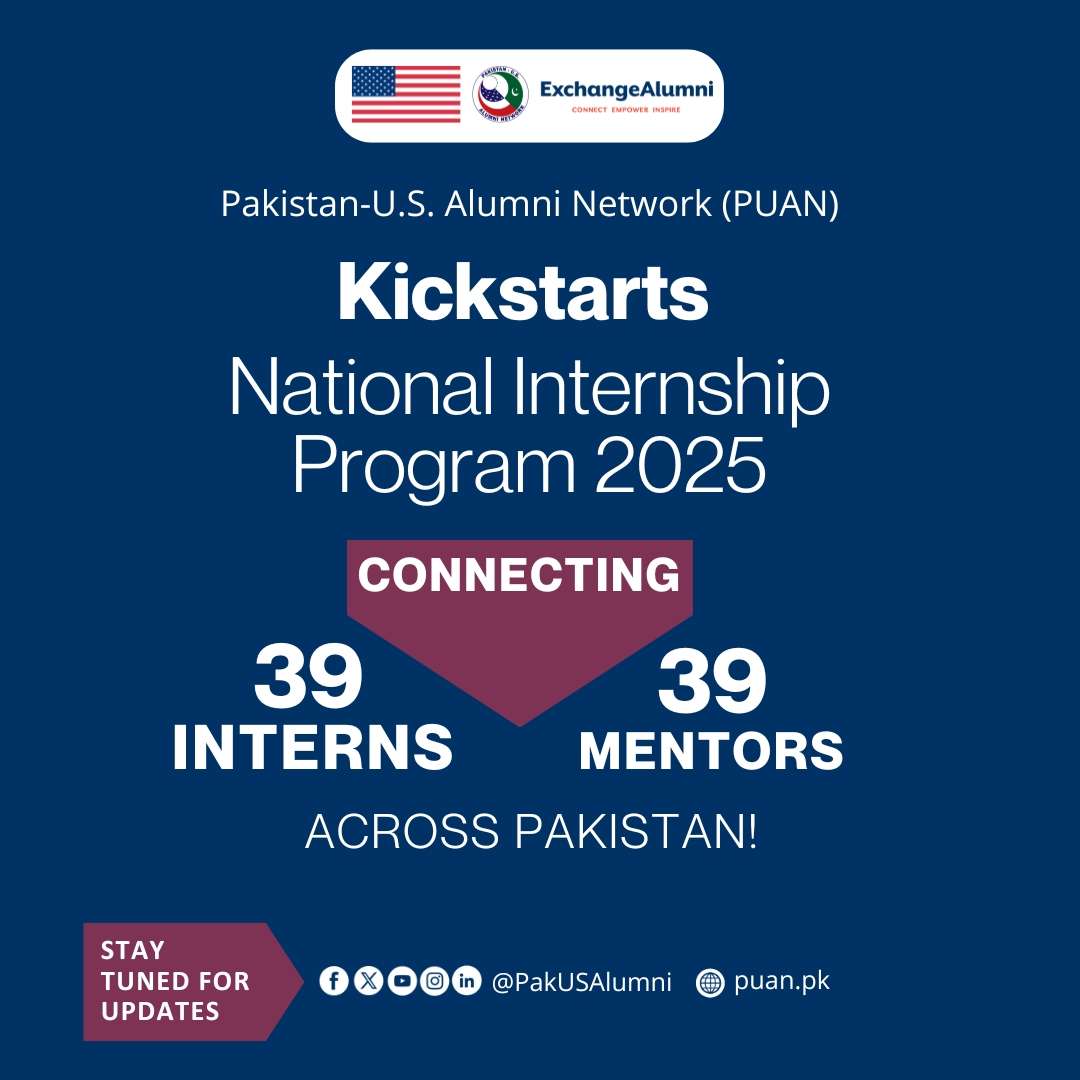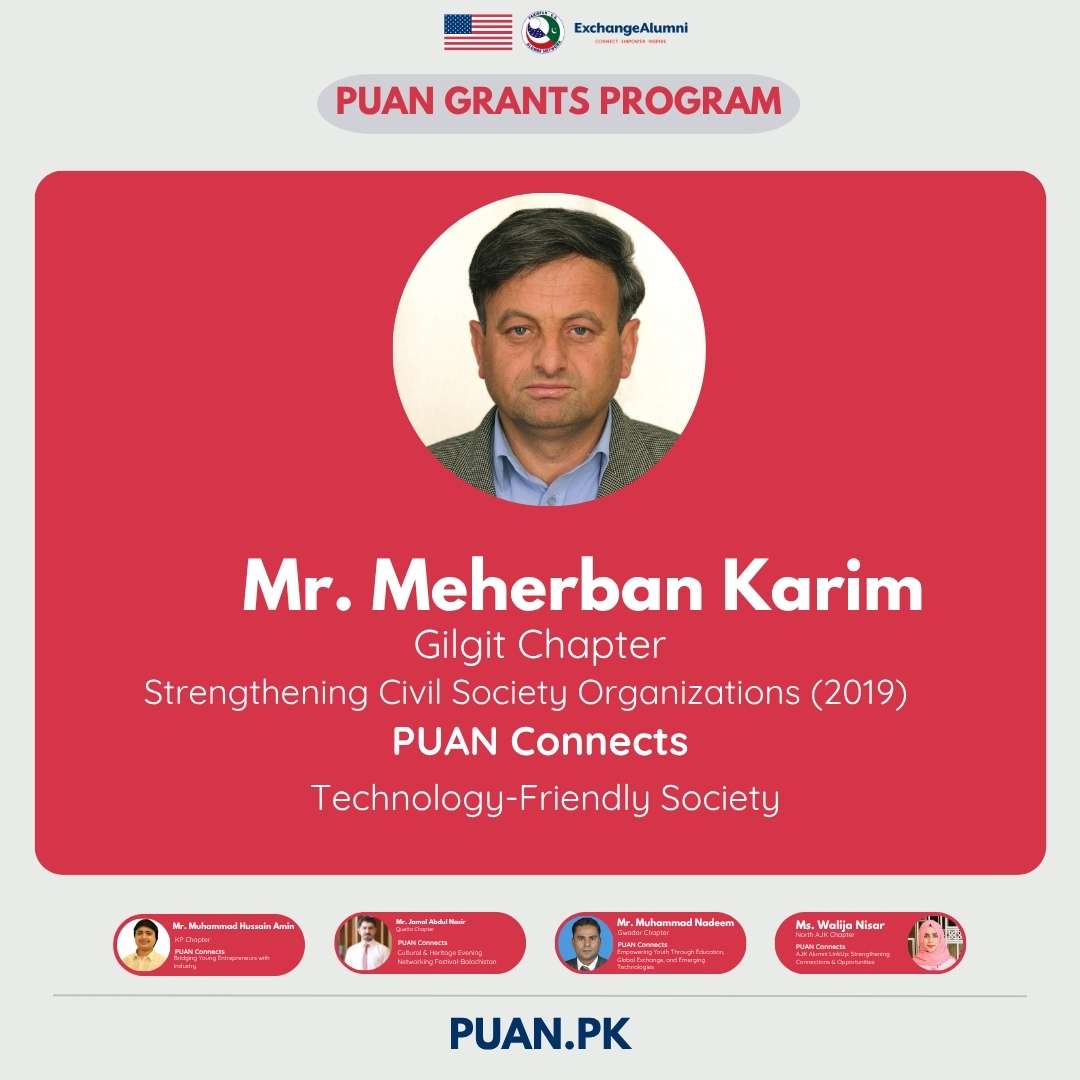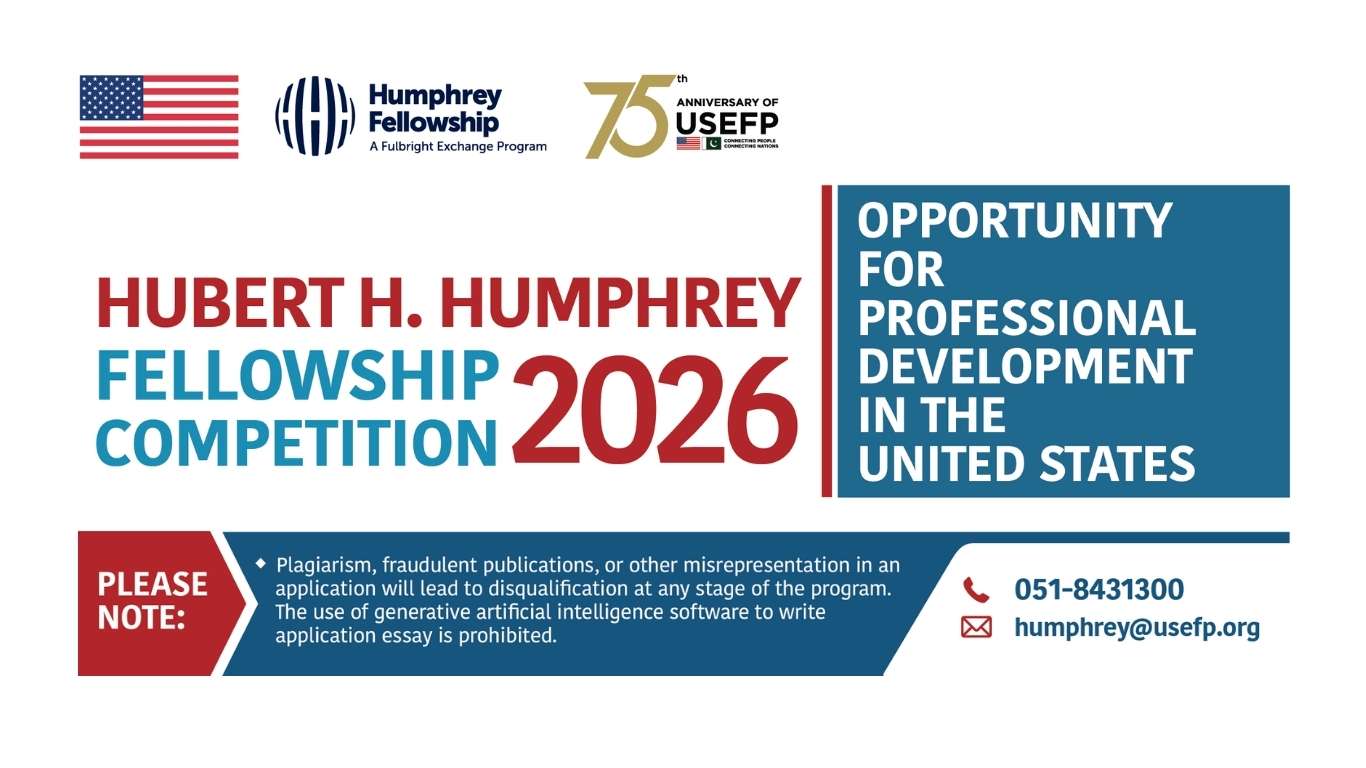By Daniyal Hassan, SUSI Alumnus
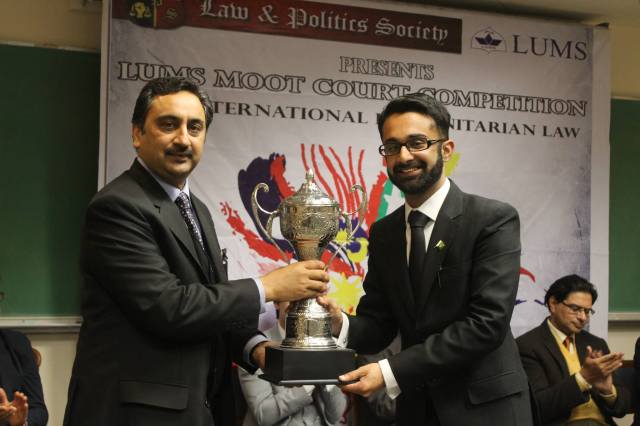
Mooting is something that I wasn’t familiar with before I started law school in 2012. Now that I am in my final year at the school and have participated in 5 moot court competitions, I think I know a little more about this skill. Mooting is an art which is developed over a period of time. More than debates and model UN conferences, it requires logical thinking and knowledge of law.
Mooting has been one of the most charming aspects about law school for me. A moot court, in simple terms, is a mock court where two opposing teams representing their clients argue before a bench of 2-3 judges. During the arguments, like a real court room, there is rigorous questioning from the judges. Sometimes the questioning leads the counsel to concede a legal argument and it gets difficult for him to argue the point successfully.
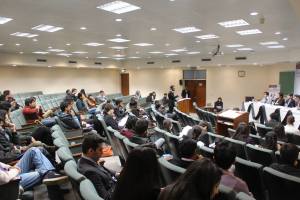
The Lahore University of Management Sciences (LUMS) hosted a moot court competition in collaboration with the International Committee of the Red Cross (ICRC) from March 5-8th, 2015. About 18 teams took part in the competition. These teams came from all across Pakistan, including two teams from Azad Kashmir, three from Hyderabad and multiple teams from Khyber Pakhtunkhwa. I was a part of the team from Capital Institute of Law (CIL) Islamabad. It was good to see law students from all across Pakistan gathered at one platform. This was the biggest moot court competition in the country as far as the number of participating teams was concerned.
The moot problem was based on international humanitarian law (IHL). Law studies in Pakistan generally do not cover this law in detail, and hence it was a challenge for all the teams to do thorough research on the four Geneva Conventions and two Additional Protocols.
The preliminary rounds were conducted on March 6th and 7th, with each team competing against two different teams. The top 8 teams qualified for the Quarter Finals and from there onwards, it was a knock out till the Finals. The knock-out rounds were held on Sunday, March 8th, so it was quite a rigorous process for all the qualifying teams involved including our own.
I was the only member of our team at LUMS because of some last minute changes. This meant that I had to speak for the entire 30 minutes in addition to the five minutes assigned for rebuttals. No one thought it was possible for one person to argue before a court continuously for such a long period of time. Honestly, even I didn’t think that I could pull it off. But it just happened.

I went to the quarter finals, then to the semis and then through to the finals. I don’t know what went through the judges’ minds during the matches. But what I did get to know is that after the final some of the judges had named me ‘The Gladiator’ because I was alone from our team.
Our team stood Runner Up in the competition and I won the award for the Best Orator. It was an achievement for me but more importantly it was an experience that I enjoyed and learned from. This competition has encouraged me to take up mooting as a career after graduation. My dream now is to organize an annual moot court competition in Pakistan and make it an international event within a couple of years. This will give a great exposure to the law students of this country and will help them polish their practical legal skills along with their studies.


